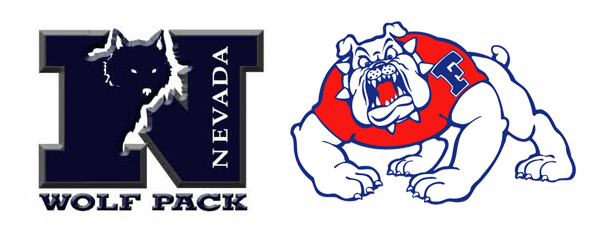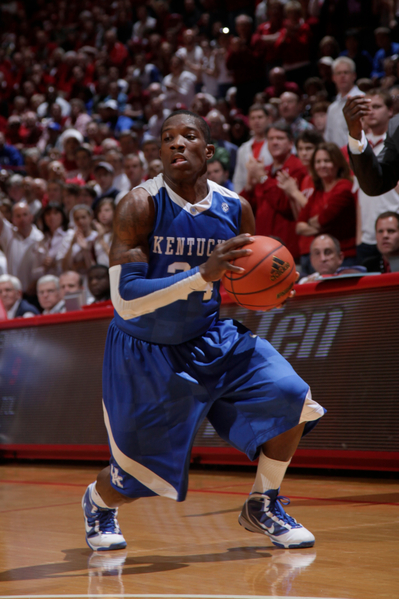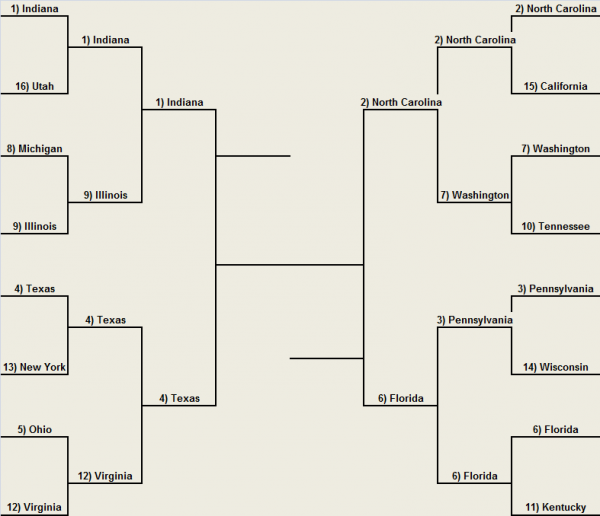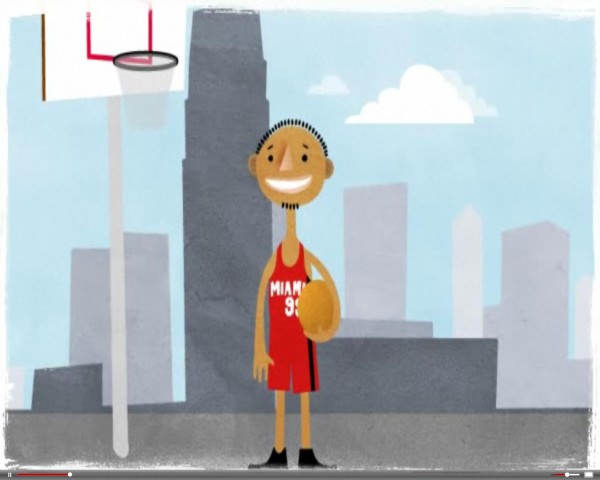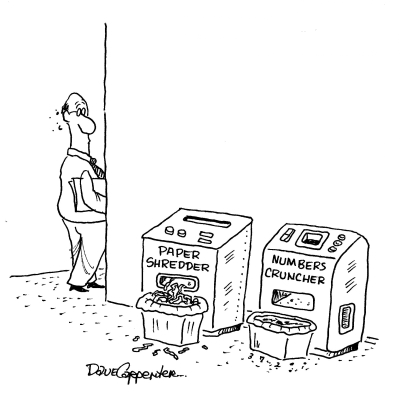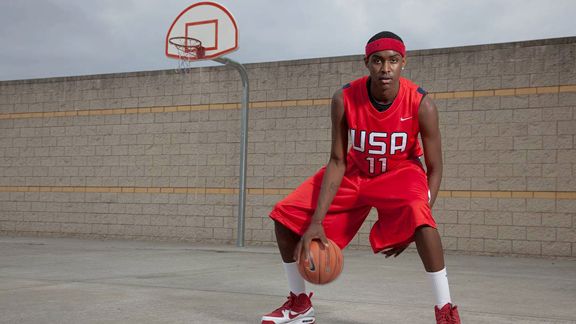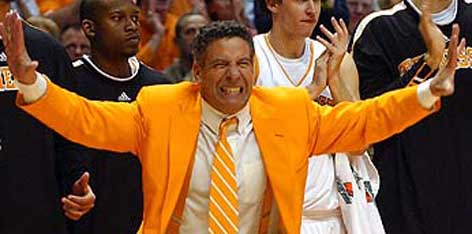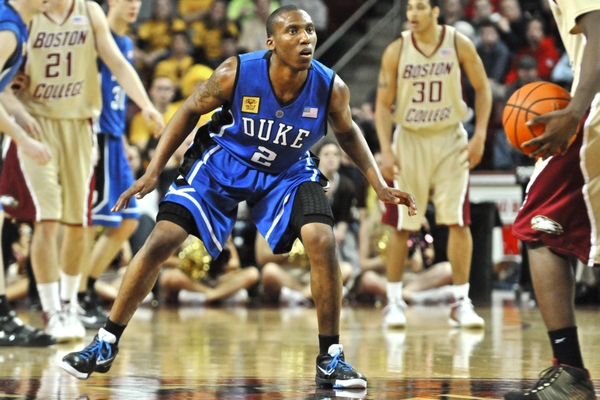WAC Fires a Shot Across Bow of Nevada & Fresno State
Posted by rtmsf on September 15th, 2010Andrew Murawa is the RTC correspondent for the Pac-10 and Mountain West Conferences and an occasional contributor.
The standoff between the Western Athletic Conference and the Mountain West Conference over Fresno State and Nevada has come to the next logical stopping point: a lawsuit, perhaps just the first in a string. WAC commissioner Karl Benson confirmed today in a conference call that last week the league filed suit against Fresno and Nevada in an effort to prevent the schools from joining the MWC for the 2011-12 athletic seasons. Benson and the WAC contend that WAC bylaws require a school to give notice to the conference by July 1 if it plans to leave the conference in the next two years. Both schools accepted the MWC’s offer of membership on July 18 of this year. However, there is a discrepancy between the conference bylaws and the WAC Code Book which claims that the deadline to withdraw from the conference is instead September 1. The MWC is included in the suit in an attempt to prevent the conference from adding either school to its 2011-12 scheduling. All parties named in the suit have 30 days to respond after which the Jefferson County District Court in Colorado will likely issue a ruling within another month.
According to Benson during today’s teleconference, “the WAC is simply seeking to protect its interests and insure that all member institutions are protected from a potential and threatened violation of the bylaws. Such inappropriate action would make it impossible for member institutions to schedule athletic events and thereby would adversely affect the WAC, the WAC member institutions and the student-athletes.” Benson specifically cites the difficulty the remaining WAC institutions would have in filling out its 2011 football schedule, the potential impact on the conference’s bowl agreements, the negative effect on its existing television contract and the impact on the WAC basketball tournament as areas that would be damaged by Fresno State and Nevada leaving after this coming season.
For Fresno State and Nevada’s part, they still seem determined to leave the conference after this season in order to play in the MWC in 2011-12. If they were to remain in the WAC for an additional year, they would forfeit their shares of any postseason money earned by the conference because of their lame duck status. They’ll lean heavily on the discrepancy between the conference bylaws and the WAC Code Book in an effort to bolster their claim that they are allowed to leave the conference without penalty after the 2010-11 season. The MWC being included in the suit seems more of a scattershot inclusion, a hail mary attempt to prevent the conference from making any scheduling plans involving the two schools, although the likelihood of the MWC having to play by the WAC bylaws seems untenable at best.
A completely separate issue still remains: the possibility that Fresno State and Nevada will each owe a $5 million buyout fee for their decisions to leave the WAC. Both schools were given 60 days notice that payment was due and when that deadline expires on October 18, another lawsuit featuring liquidated damages is likely. With actual games being played on the field and with college basketball practice just a month away, this courtroom drama rightly takes a backseat to more athletic competitions, but this should remain an interesting story throughout the fall as we learn the fate of the WAC, Fresno State and Nevada. In the end, this likely gets settled out of court between the three main parties with some compromise agreement likely allowing the two schools to head to the MWC in 2011-12 while paying somewhere south of the $5 million buyout.





























